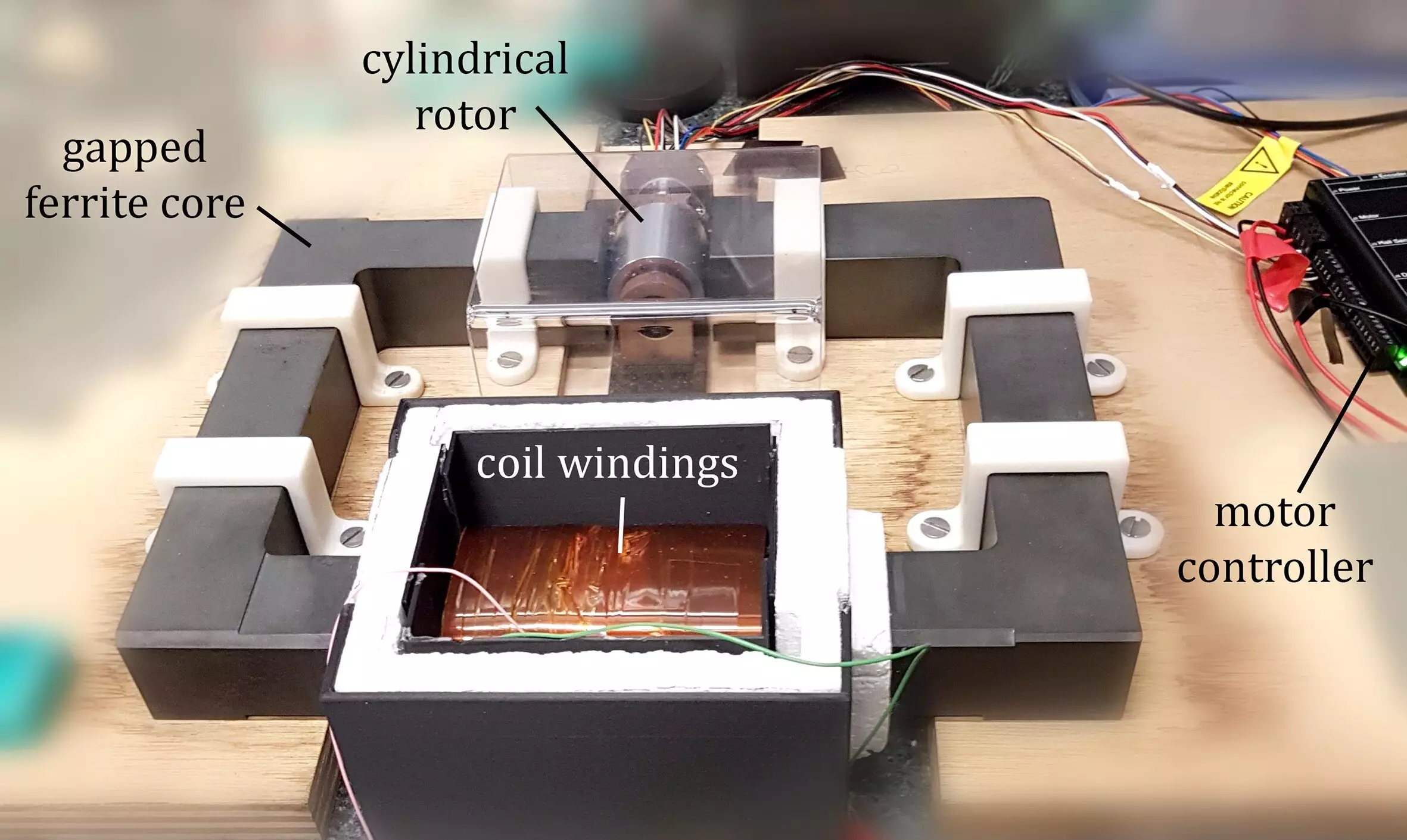In a remarkable advancement for the field of physics, researchers at the University of Southampton have successfully demonstrated an over 50-year-old theoretical phenomenon known as the Zel’dovich effect using electromagnetic waves. Named after the Soviet physicist Yakov Zel’dovich, this effect was previously thought to be unobservable in electromagnetic settings. The new findings reveal that by employing twisted waves—electromagnetic waves that possess angular momentum—and directing them at a rapidly rotating object, it is possible to amplify wave energy significantly. This breakthrough not only confirms significant theoretical predictions but also opens avenues for practical applications in technology and engineering.
At the core of the Zel’dovich effect is the manipulation of twisted waves. These waves differ from regular electromagnetic waves because they carry angular momentum, akin to the spin of a top. Traditionally, it was assumed that when such waves encountered an object, they would be absorbed. However, this recent experiment demonstrates that if the object—in this case, a spinning aluminum cylinder—rotates at a sufficient angular velocity, it can cause the waves to be amplified rather than absorbed. Research Fellow Dr. Marion Cromb articulates that this amplification occurs when the cylinder rotates at a speed that allows it to perceive the incoming twisted wave as having a negative frequency.
The experimental setup utilized by the Southampton team is relatively simple, comprising a resonant circuit that interacts with the spinning aluminum cylinder. They meticulously created an environment that emulated the specific conditions necessary for observing the Zel’dovich effect with electromagnetic waves. This achievement builds upon previous work where the researchers had tested the effect using sound waves, making this the first successful implementation in the realm of electromagnetism. The experimental validation of the theory has been published in the esteemed journal Nature Communications, marking a significant milestone in the field of physics.
Connections to the Doppler Effect
To comprehend the Zel’dovich effect better, drawing a parallel with the Doppler effect is instructive. The Doppler effect is a well-known phenomenon that occurs with waves, creating a variance in frequency perceived by an observer depending on the relative motion of the source of the waves. This effect can be witnessed daily, such as when the pitch of a siren changes as an emergency vehicle approaches and then moves away. By understanding this analogy, the amplification of twisted waves in the context of the Zel’dovich effect can be appreciated further. As the cylindrical object spins fast enough to induce a shift in the frequency of incoming waves, these frequencies can become negative, leading to amplification rather than the expected absorption.
Significance of the Findings
The implications of successfully demonstrating the Zel’dovich effect extend beyond merely confirming a theoretical concept; they indicate a fundamental principle that may have further applications in various domains. The confirmation of this effect in both acoustic systems and electromagnetic circuits lends weight to its significance within the broader context of physics. The potential for upcoming experiments at the quantum level adds an additional layer of excitement, as these findings may permit the examination of quantum vacuum states and their interactions with rotational dynamics. Professor Hendrik Ulbricht, supervising the project, expresses optimism for subsequent studies focusing on quantum manifestations of the effect.
The practical applications stemming from this research are notable, particularly for industries relying on electromagnetic technology. For instance, the implications for enhancing induction generators—a vital component in renewable energy technologies like wind turbines—could revolutionize efficiency and effectiveness. As electrical engineers tap into the newfound understanding of the Zel’dovich effect, the potential to improve energy capture and conversion technologies is profound. The researchers also indicate the simplicity of their experimental setup could lead to broader accessibility and experimentation by other physicists in the field, which could foster innovative developments in both theoretical and applied physics.
The successful demonstration of the Zel’dovich effect by the University of Southampton physicists marks a pivotal moment in the understanding of wave dynamics and electromagnetic theory. By combining theoretical rigor with experimental verification, this work not only honors the legacy of Yakov Zel’dovich but also inspires future explorations into the intricacies of wave mechanics and quantum physics. As researchers aim to apply these findings in various technological sectors, the possibilities generated by this breakthrough may have lasting impacts, further intertwining the disciplines of physics and engineering for years to come.


Leave a Reply